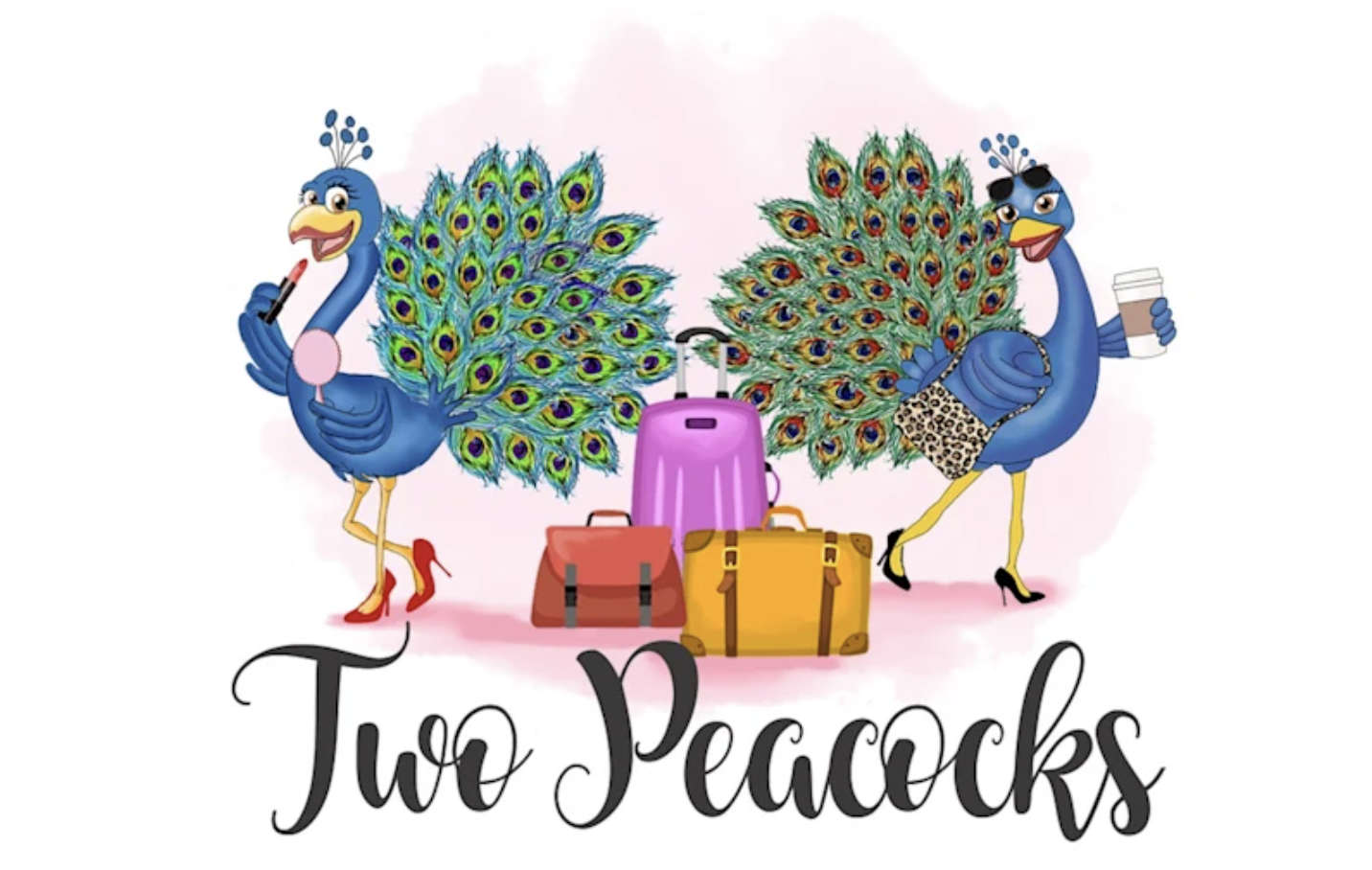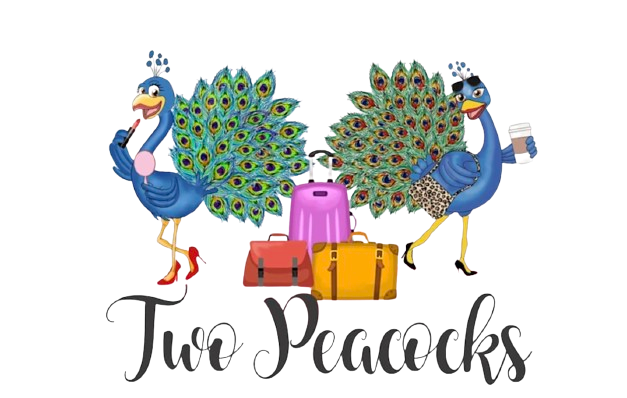[ad_1]
Passport, Visa and Important Documents
To visit and explore India, you need valid passport and visa to India. Always carry passport, visa and other travel documents at all times. It is always advisable to keep photocopy of passport and other travel documents. Always take a photocopy of your passport (with personal detail and photograph), copy of the page with your Indian Visa, a photocopy of your travel insurance policy, and keep a record of the traveller’s cheques you have exchanged, where they were encashed, the amount and serial number and never keep them together. It’s not a bad idea to leave photocopies of your important travel documents with a friend or relative at home.
To go to certain destinations in India one needs additional permits such as Andaman Islands, Gujarat, Ladakh, Kerala, and more. Check with your travel agent or embassy while planning your visit.
Safety
It is very important to keep your money and travel documents together. India transport system is very too but crowded too. So beware of pick pockets and thieves in buses, trains and crowded places. Be alert in dark and lonely places. Never keep your money at one place. In case your passport is stolen or lost, immediately lodge FIR at the local police station and notify your country’s embassy or consulate. While traveling alone don’t familiarize with unknown people. Don’t encourage beggars.
Climate
It is perfectly safe to travel to India at any time during the year. But traveling India depends on the destinations of India you want to explore. November-March is (by far) the best time to visit most of the country India. For a visit to the north – mountainous regions of India, the months of April to October better suited as temperatures tend to be cooler in north. Exploring south part of India the best months are between November to January as the south is coolest in these months.
The best times to explore Ooty, Darjeeling and other mountain areas are March, April, October and November. If you’re traveling India during spring or summer, you’ll want to stick to the hill stations (60-70 F/ 15-21 C). During the winter, avoid Kashmir (30-45 F/0-7 C), unless you’re going skiing, and Ladakh, one of the coldest inhabited regions on Earth.
The summer season in India lasts from March to June.
The winter season lasts from October to February.
The monsoon season lasts from July to September.
Clothing
While planning to visit India during summers in the period of March to June, carry light cotton clothes. India summers are too hot. One can wear shorts also. Women should dress conservatively. Shorts and too tight revealing clothes should be avoided for women. While visiting North India during summers kindly carry some warms clothes as it is cold there.
During winters, especially North India in the period of October to February pack some woolen clothes and warm inners.
During rainy seasons, the humidity level is very high, so don’t wear synthetic clothes. It’s advisable to wear cotton clothes in this season.
Kindly don’t wear your footwear while visiting places of worship.
Health Precautions
India is famous for its delightful cuisine. But it is very important to pay attention how the food is cooked, served and stored. Make sure food is cooked in clean hygienic place. Always eat fresh cooked food. Strictly avoid street food and cut fruits. Go to a clean restaurant, especially in summers. Eat balanced and healthy meals. Never eat anything from the roadside vendors. There are high chances of the food being contaminated.
Always carry water bottle with you while traveling and when needed only buy known brander mineral water. If you want to have juice, go in for branded ones being sold in tetra packs.
Stock your self with first aid kit – adhesive bandages, thermometer, water-purification tablets, antibiotics, antiseptic creams and mosquito repellents.
In summers since its too hot, always carry umbrella if possible. Keep good sunscreen and sun block cream of SPF 15 or higher.
If you fall ill, see the doc and keep cool. Tell yourself that this too shall pass!
Shopping in India
Shopping tours of India allows tourists to shop for traditional and ethnic handicrafts to more exotic and modern shopping. In India each region has its own specialties, each town its own local craftspeople and its own particular skills. The whole country is a shopping mall, with sellers offering some of the most exotic products one can find anywhere, be it handicrafts or herbs, paintings or antiques, traditional garments or modern fashion statements, India has everything to offer.
Shopping in India is a wonderful experience, whether it’s air-conditioned shopping malls or street shops, India an ultimate destination for shopping. Almost all items of the India are appreciated be it for fabrics, silverware, carpets, leatherwork and antiques; India is a shopper’s paradise.
The Indian market caters multiple options to the travelers to pick the right thing of right choice and is the ultimate destination for the shoppers around the world. A leisurely walk through the crowded lanes of the Indian metro cities are sure to indulge your sense and taste for exquisitely carved jewellery, beautiful handicraft items, semi precious stone studded garland, metal craft, wood craft, floor coverings, ceramics, clothes, musical instruments, excellent paintings and some real good Indian clothes.
Whether it is air-conditioned shopping malls or a street shop, shopping is a sheer fun here. The bustling markets of the India can make even the most unwilling person a prospective client and are full of people from all walks of life.
The only problem is how to get all your purchases back home! Before buying anything, it is better to compare prices with the neighboring shop. With tourists, bargaining is almost a practice. Always be wary of roadside peddlers trying to sell you semi-precious and precious gems and jewelry. However, Emporiums run by State Government are a safe place to buy because the quality is standardized, the UPS usually lower the prices fixed. Ensure that you are fully satisfied with your purchases and that you obtain a proper receipt. Return of goods is not entertained, even less, once you have returned to your country because Indian customs have strict regulations against this.
Tips for Women travelers to India
India, a nation of unity in diversity, is a very warm and hospitable country. India has myriad of rich history, culture, heritage, religions, traditions, cuisines and people. Event after western and modern influence, India still remains traditional and conservative country. Because of the social conservatism it’s important that women travelers educate themselves to India’s social mores and culture to best prepare for a safe journey. Women travelers in India should be extremely particular about their clothing, safety, packing, monetary matters, language and shopping. These tips will prove beneficial making your journey a lifetime experience.
- Women should be proper dressed when at a public place. Low cut, tight-fitting shirts, tank tops, skirts that fall above the knees, shorts and bikinis are highly discouraged. Women Travelers are requested not to wear revealing tight clothes so as not to attract unwanted attention.
- Apart from the big cities, refrain from any such physical activity that is intimate. Touching between people of the opposite sex in public is very unusual. Even married couples avoid any display of affection publicly. It is alright to shake hands with most people, though keep a distance from males. Some people might just take it in the wrong sense and not like it.
- Avoid keeping valuables in a purse, which can be easily snatched off your shoulder.
- In local trains women should try to travel in cars which are reserved for them only.
- Smoking or drinking by women at public places is not acceptable in India, except metro cities. If you have o smoke or drink, it better to do in hotel.
- Do not venture in isolated places alone. It is also advised not to go outside alone after it is very late and dark.
- While traveling, carry your money safely. Though there are no such risks of people snatching your money, it is always better to be safe than sorry. Its advisable to fasten pouches with an attached belt to your waist and can also be worn under clothing are best. Always keep from loose change in your pockets. Be ware of beggars who might mob you.
- Avoid situations where you may find yourself alone with a man.
- When traveling on public transportation, lock your bags together with a cable lock and then to a stationary object such as a bench or immovable seat.
Communications
Communication in India is not at all a problem. It is at par with the best in the world. There are so many fastest and all modern means of communicating in India.
Public Phone Booths (PCO)/Telephones/Mobiles
The most common means of communication is Public Telephone Booths commonly called as PCOs. Almost every street in India has phone booth which provides the facility of local (within city), STD (inter state) and ISD (international calls). Fax facility is also available at most of the booths. Another option is to carry mobile phone and buy local sim card from any service provider, get it activated and be in touch with all your family members and friends. For buying sim card need to make payment and provide identity proof of yours like passport.
Email/Internet/Cyber Cafes
One most inexpensive and fast mode of communication is Internet. India is well connected to the world through Internet. Almost all urban cities have high speed Internet facilities and now its also reaching villages and rural areas of India. Tourist can also use the service of cyber cafes that provide all internet facilities like e-mail, chatting, voice chat, etc. These cyber cafes provide internet service at minimal costs and you can easily locate them that have sprung up at every nook and corner in all cities. It is always advisable to duplicate records of Travellers Cheque numbers, passport and plane details, etc. on your email accounts.
Postal Services
Last, but not the least, you can use Indian postal services that are excellent compared to other countries as means of communication. Tourists can make use of letters, postcards, etc. The postal offices also provide telegram services to those places where telephone and Internet are not available. For faster communication one can use telegrams, courier and speed post. The Indian postal service also offers Airmail services to Europe, Australia and Africa takes almost a week. For America, it takes a little longer than a week say around 10 days.
Credit Cards
American Express, Master Charge, Visa and Diners Club credit cards are generally accepted by large establishments including hotels, shops, and airlines.
Complaints
ln case of complaints against taxi or auto rickshaw for overcharging or cheating, note down the number of the vehicle and lodge a report with Deputy Commissioner of Police (Traffic). you can get the Contact Phone Nos in Telephone Directory.
[ad_2]
Source by Monica Mandal

